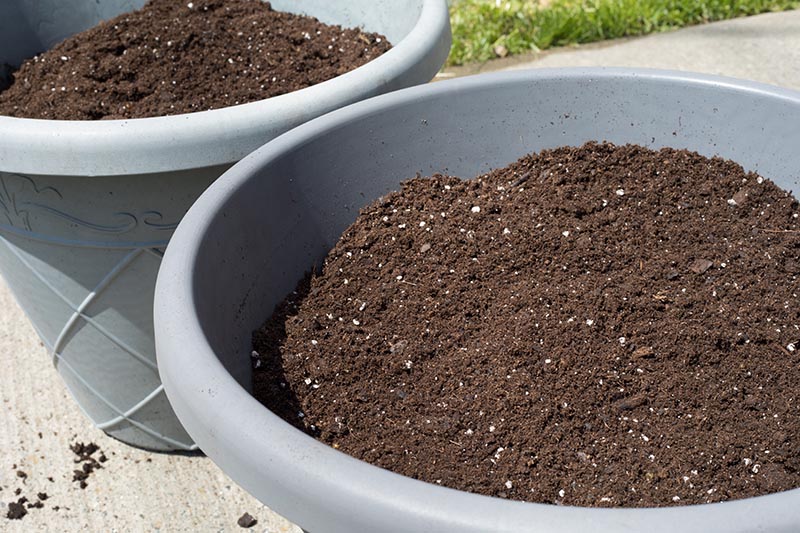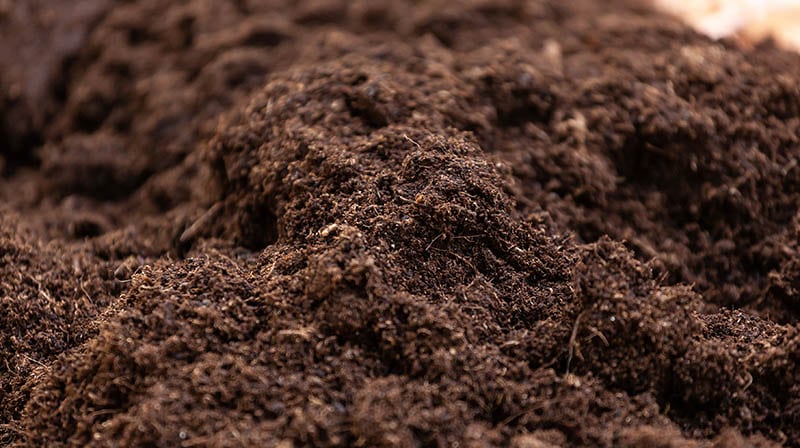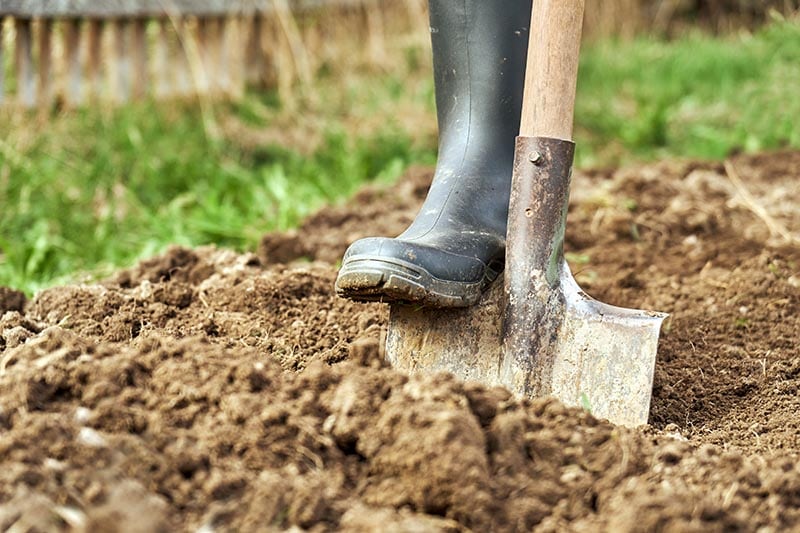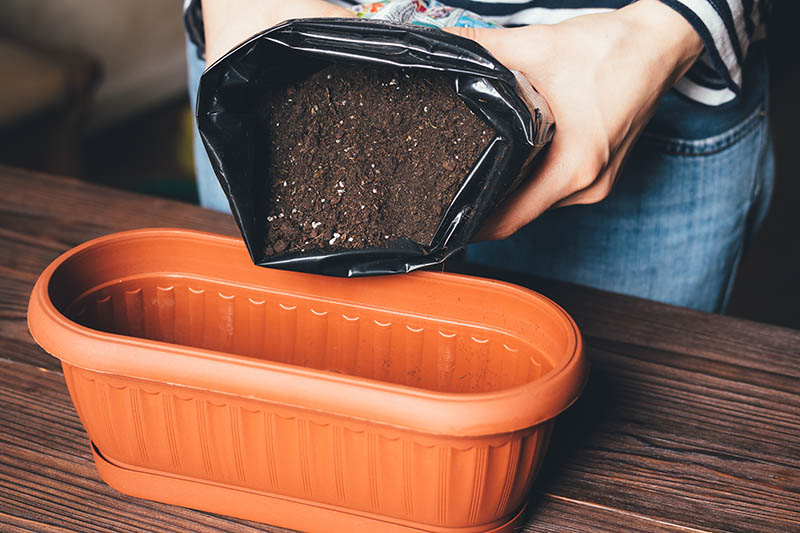What is Potting Soil? Everything You Need to Know!
-
Codee Chessher
- Last updated:

Gardeners know and love the stuff, while the rest of us probably never stop to give the humble soil a second glance. However, soil is an integral contributor to all life on the planet. In that light, maybe we should give the soil more credit. Let’s learn about why soil is important and why you should care about it.
What Is Potting Soil and How Does It Work?

The soil is the top layer of the Earth, composed of minerals, organic matter, gasses, liquids, and other life-giving organisms. Sometimes called dirt or earth, soil can be brown to black, depending on its composition.
Soil’s main four ingredients are clay, silt, loam, and sand. Depending on the concentration of the four, the soil may be better suited to certain types of plants.
Soil is created through a variety of natural processes, like erosion, weathering, water, gravity, temperature changes, and more. Windswept regions, for instance, often have hard-packed soil that resists erosion. Plants that thrive in this type of soil would have shallow, powerful roots that can penetrate the tough upper layers of soil.
Commercial potting soil mixes are typically made with sterilized ingredients and lack the biodiversity of real soil, so we’d advise using your native soil whenever possible. In some situations, potting soil could be a helpful way to get started. Longer-term amendments will probably be necessary for the future.
What Are the Different Types of Soil?
There are four main types of soil: sandy, loamy, silty, and clay. Let’s learn more about each one below.
Sandy Soil
Sandy soil is made of very small particles from eroding rocks and typically has little to no dietary value for plants. To amend sandy soil, mix compost with the soil to improve drainage and provide nutrients for plants.
Loamy Soil
Loamy soil is one of the best for vegetable and fruit plants, with tons of organic matter that provides nutrients. Loam also has the best soil structure out of soil types, with a good balance between drainage and water retention. If the soil still doesn’t drain well, mix a small amount of sandy soil into the area.
Silty Soil
Silt particles are very small like sand, but they pack in even tighter. This means they retain water instead of draining it, similar to clay soils.
Unlike clay, silt can hold more water. Plants that love perpetually damp conditions do well in silty soil, like shrubs and grasses. You can also add compost to make it more suitable for other plants.
Clay Soil

Clay soil is the most difficult to work with. It is extremely dense, and while it can hold more water than most other soils, the plants in that soil only have about half of the water available to them compared to if they were in other soils. However, it serves as a wonderful foundation for plants to anchor their roots.
Where Is Soil Used?
Soil is typically used to grow plants, supporting our country’s agricultural industry. Depending on the native soil, imported soil can be used to make up for dietary and structural flaws. Compost is also popular as an amendment, adding organic matter that’s valuable for fruit and vegetable farming.
Advantages of Potting Soil
Soil is used everywhere, and its benefits are readily apparent. Regardless, let’s briefly cover all the advantages of planting with potting soil below.
Benefits of Soil include:
- Widely available in various forms
- Soil naturally adjusts itself over time
- Less finicky to grow with than hydroponics
- Provides better flavor to fruits and veggies than hydro
- Faster than hydroponics
- Low cost
Disadvantages of Potting Soil
It might be used everywhere, but soil isn’t the only growing medium used out there because it has a few key flaws. Let’s look at those so you have a better idea of what soil’s limitations are.
Disadvantages of Soil include:
- Longer growing cycle than hydroponics
- More vulnerable to pests
- Requires more square footage
- More maintenance required
Frequently Asked Questions (FAQs) About Potting Soil
What is the best type of soil for fruits and vegetables?

Rich, loamy soil is typically the best choice for fruits and vegetables because it contains a lot of organic matter and other nutrients. For soils that present a lot of issues, you can try mixing compost into the soil and seeing if that makes a difference in a week or so. Adding compost is known to increase yields and produce better-tasting fruits and veggies too.
What is compost and when is it useful to me?
Compost is partially decayed organic matter with a black to dark-brown color and soil-like consistency. Its primary use is as a soil amendment for poorly nourished soils, or to correct soil problems like poor drainage or excess water retention. Compost is rarely a bad idea but can cause some fruit and vegetable plants to grow extra foliage if a green blend is used.
How can I test my local soil?
There are a variety of commercial testing products available that can tell you whether your soil is acidic or alkaline, as well as DIY tests. For example, you can take a soil sample and add white vinegar to the soil. If the mix fizzes, that means your soil is more alkaline than acidic.
Alternatively, add water and baking soda to a soil sample to test for soil acidity. If the baking soda fizzes, the soil sample is acidic.
How can I correct overly alkaline or acidic soil?
There are tons of ways to correct alkaline or acidic soil. The most common amendment to correct acidic soil is lime, while sulfur can be added to raise soil pH levels and temper alkaline soil.
It’s important to read the labeling of any products you use in your garden because they can have unpredictable effects when combined with other products.
How can I protect the soil in my area?
Grow plants that don’t erode soil and act as windbreaks, like weeping willow trees. Another method is to compost kitchen and garden waste and make your own compost bin since it’s free and only requires a bin or some chicken wire.
Conclusion
Potting soil comes in commercial packages, but natural soil is the best. If you find there are dietary or soil-related problems with your garden, common amendments like compost, lime, and sulfur can help.
Ultimately, protecting the soil will help preserve life on Earth and keep it fertile for years to come.
See also: How to Get Rid of Potting Soil Smells in 5 Steps
Featured Image Credit: TD Dolci, Shutterstock
Contents

